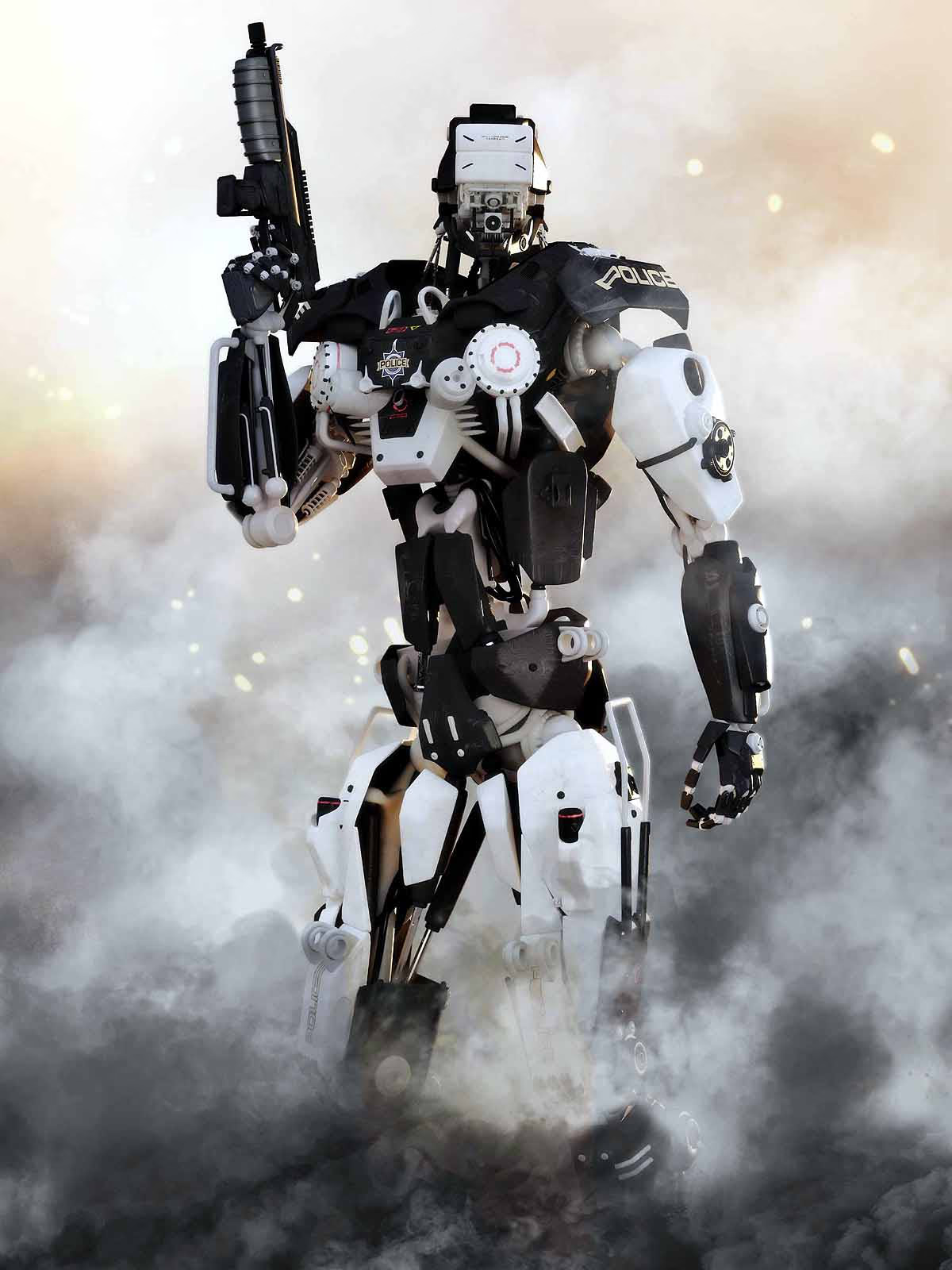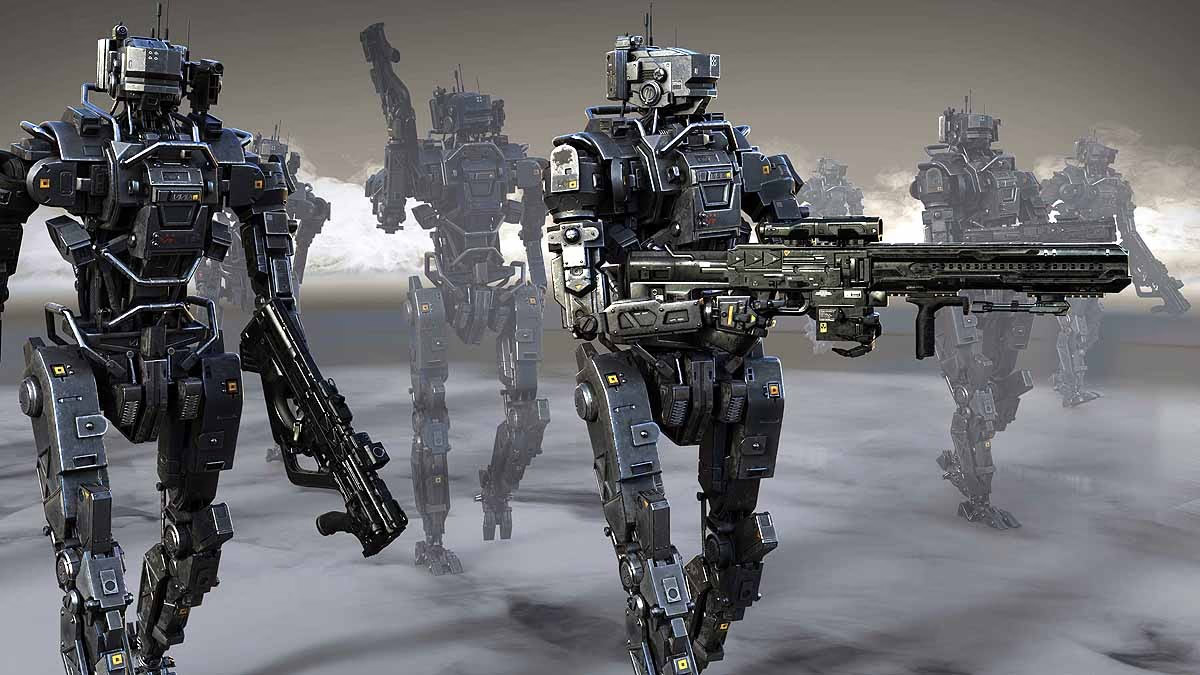Scientists at India's Defence Research and Development Organization (DRDO) are advancing the development of a humanoid robot capable of front-line military mission engagement. An official highlighted on Saturday that this robot's mission is to execute complex tasks without risking soldier lives in perilous regions.
A leading laboratory under DRDO, the Research and Development Establishment (Engineers), is pioneering this machine's development, enabling it to perform intricate tasks under direct human instructions. This robot is specifically designed to ensure soldier safety in high-risk environments.
Related: Cracking Our Air Defense is Impossible... The Airforce Explains How the Indian Multi-layer Defense System Works
Project Underway for Four Years
S. E. Talole, Director of the Center for Systems and Technologies for Advanced Robotics in Pune, revealed their team's dedication to this project over the past four years, noting the creation of separate prototypes for upper and lower bodies.

Source: aajtak
Initial internal tests have successfully achieved some key functions, allowing the humanoid to operate even in challenging terrains like jungles. This robot was recently showcased at the National Workshop on Advanced Legged Robotics in Pune.
Advanced Development Stage
Currently, the project is in its advanced development phase, focusing on enhancing the robot's ability to comprehend and implement operator commands. The system consists of three core components:
Actuators: These generate motion akin to human muscles.
Sensors: These collect real-time data from the surrounding environment.
Control System: Analyzes collected data to direct robot actions.
Also See: Hypersonic Glide Vehicle, BrahMos-2... India's Future Weapons to Stun PAK-China
Talole mentioned that ensuring smooth execution of desired tasks is the biggest challenge. Achieving balance, rapid data processing, and execution at the ground level is essential. Scientist Kiran Akela, leading the design team, stated that researchers are focusing on these aspects, working towards project completion by 2027.
Robot Features and Capabilities
DRDO officials articulated that bipedal and quadrupedal robots hold tremendous potential in defense, security, healthcare, household assistance, space exploration, and manufacturing sectors. Nevertheless, creating autonomous and efficient legged robots remains a significant technical hurdle.
Scientists elaborated that the humanoid robot is equipped with lightweight arms featuring rotary joints in spherical configurations, allowing 24 degrees of freedom—7 in each arm, 4 in the gripper, and 2 in the head. This robot can autonomously execute complex tasks, such as object gripping with closed-loop systems.
Also Check: The Satellite India Used to Monitor Surgical and Air Strikes, ISRO Launches Its Latest Version

Source: aajtak
The robot can fold, push, pull, open sliding doors, turn valves, and overcome obstacles, safely handling hazardous materials like mines, explosives, and liquids. Both arms collaboratively work for secure handling of dangerous substances.
Cutting-edge Technical Features
This robot will operate seamlessly, day or night, indoors or outdoors. It encompasses the following technical advancements:
Proprioceptive and Exteroceptive Sensors:
Provide the robot with information about its body and surroundings.
Data Fusion Capability: Integrating data from multiple sources.
Tactical Sensing: Facilitating decision-making in complex scenarios.
Audio-Visual Perception: The ability to see and hear.
Moreover, this humanoid biped robot will boast the following features:
Fall and Push Recovery: Self-stabilizing upon falling or being pushed.
Real-Time Map Generation: Mapping the surrounding area in real-time.
Autonomous Navigation and Path Planning: Through Simultaneous Localization and Mapping (SLAM), this robot will autonomously operate in complex and high-risk environments.
The Future Outlook
DRDO's humanoid robot project is poised to not only revolutionize the defense sector but also make significant contributions to sectors like healthcare, space exploration, and industrial applications. Scientists believe that such advanced technology will enhance soldier safety and help make human life safer and more convenient.




